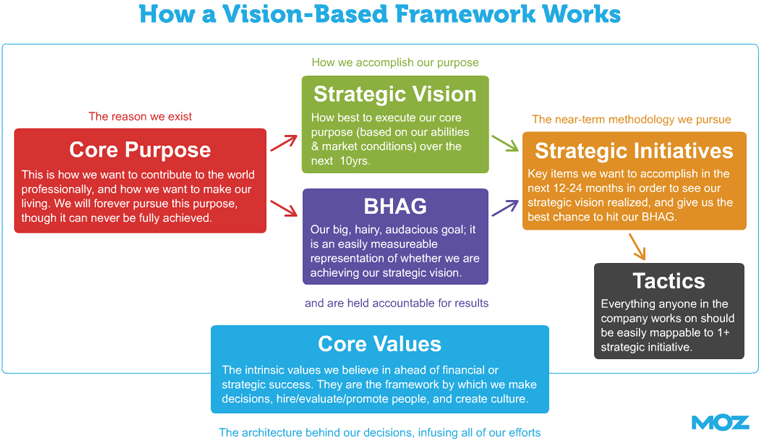
Creating a marketing plan for your small business is one of the most important tasks for any entrepreneur. Trying to reach new audiences, turn casual customers into loyal advocates, spread the word on your products and services, and ultimately boost your bottom line is of paramount importance in keeping your company going.
But most marketing plans aren’t worth the paper they’re written on. That’s because they rely on assumptions and they just aren’t smart. Here are four ways to ensure your strategy sets a course for success.
Choose The Right Metrics

Identify the Marketing Metrics That Actually Matter
With a sea of big data available to even the smallest businesses nowadays, many of us run the risk of falling into data paralysis- where we have too much information and we aren’t using the right bits of it to make decisions. Basing your marketing plan goals on activities, rather specific behavioral outcomes, is a surefire path to confusion. This box ticking exercise often sees goals such as ‘produce new sales brochure’ or ‘hold first quarter customer event’ included, but these things are not the objective. A measurable customer behavior change is the real desired outcome. So define those behaviors, identify which metrics indicate them, and make these the goals in your plan instead.
Identify Streamlining Areas

14 Tools to Streamline Your Social Media Marketing
Most companies expend a lot of time of activities which aren’t actually improving their positioning. A frequent example is the idea that you ‘must’ have a Twitter account. If it doesn’t serve the needs of your audience and create opportunities to drive profit, then there is absolutely no need to do it. Others will consistently attend the same trade shows and networking events just to be seen, even if it’s not leading to any definable results. Resources are far too finite and precious in your small business to do this. Each activity must be measured and if it isn’t delivering against a predefined goal, be ruthless about cutting it out. Understand what your customer base responds to first and foremost – and match your expenditure and efforts to this. If rich content enhances conversions for you, invest in digital publishing software. If LinkedIn groups generate some great business-to-business deals, focus on that. If email marketing remains your best converting channel, don’t jump ship. Spreading yourself too thin across multiple channels just because you feel that you ‘should’ isn’t a strategy, it’s a fallacy.
Make It Realistic

How To Set Marketing Goals You Can Actually Achieve: Advice From The Experts
It’s a fact that if you set lofty goals with slim chance of success, it will immediately raise red flags with investors. Very few businesses rocket to multi-national success in the space of a couple of years. Start with your current position, and then identify a realistic set of stretch targets, and a gap analysis of how you plan to get from position A to position B. This is far more likely to be achievable and strike a chord with investors. If you’re struggling to know where to begin, a good first port of call is your industry association or trade body. They should be able to identify benchmarks within the wider market place, and give a view on wider trends and help to shape your thinking around realistic metrics and wider business aims.




